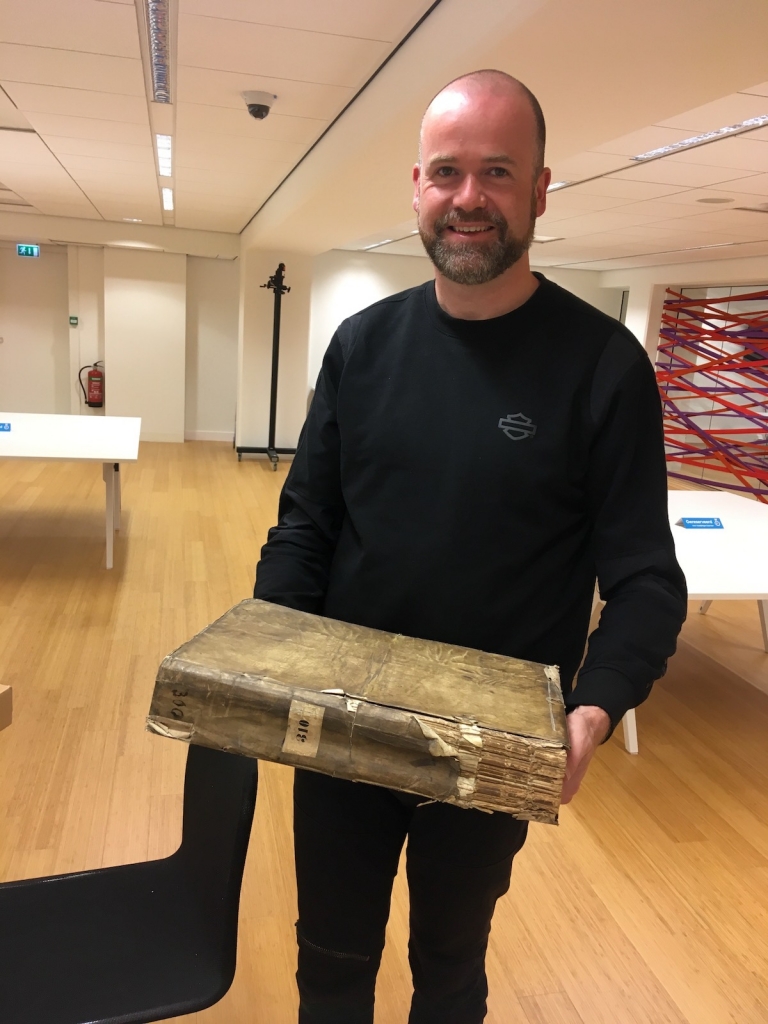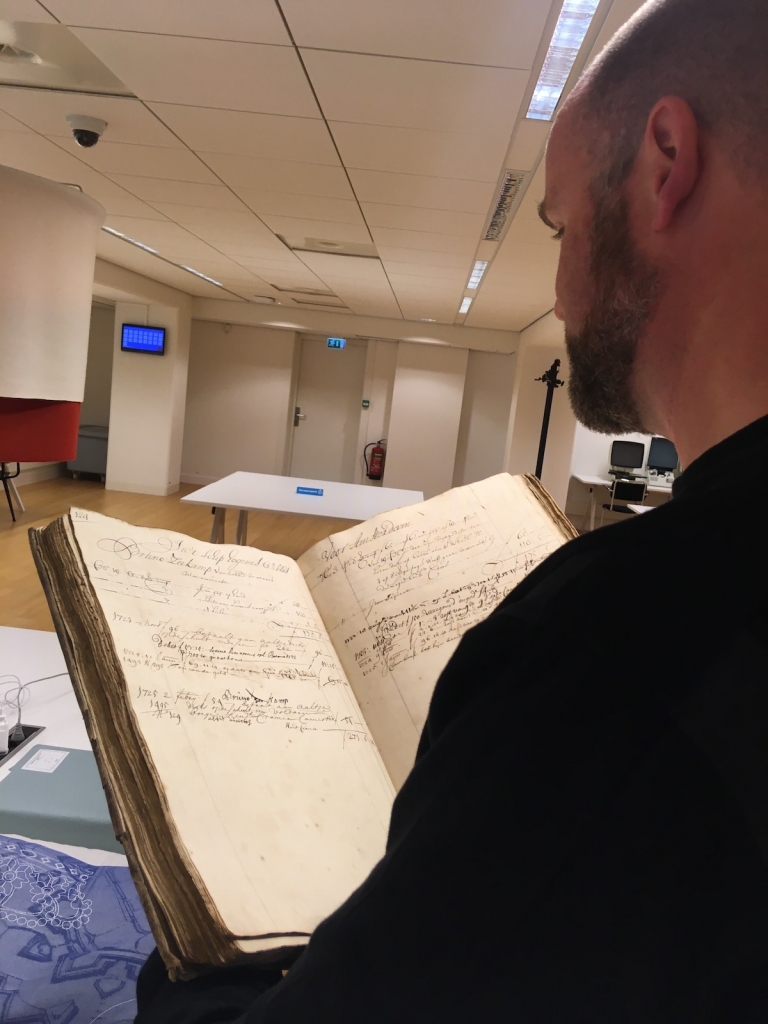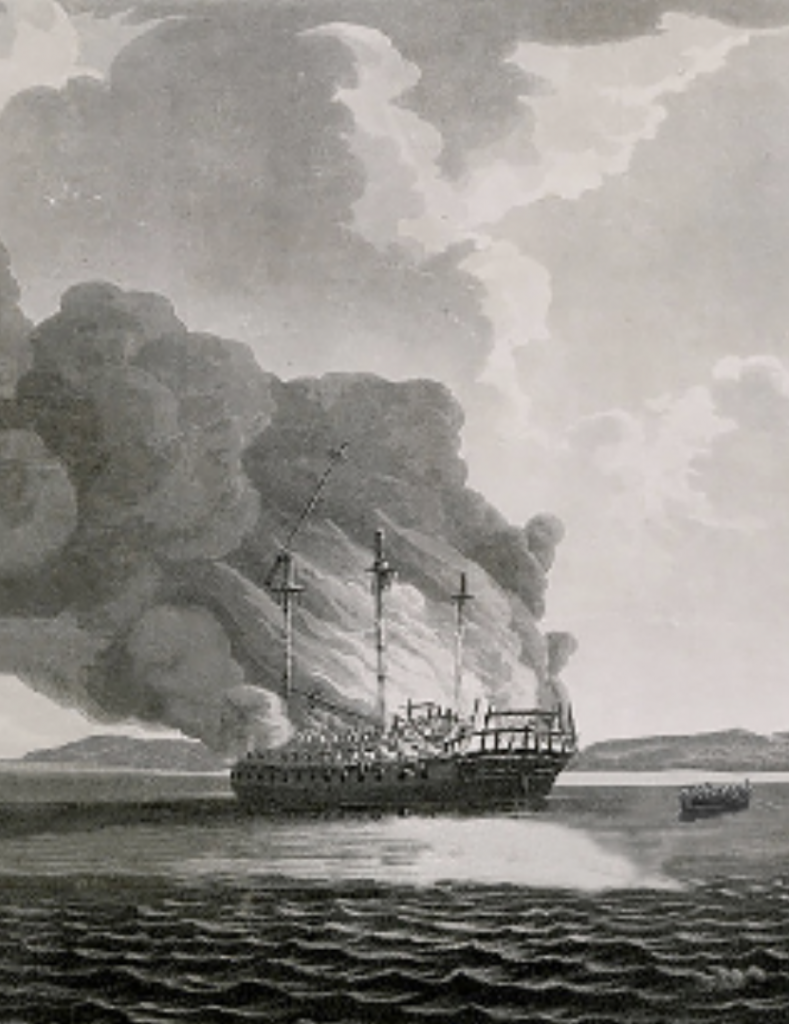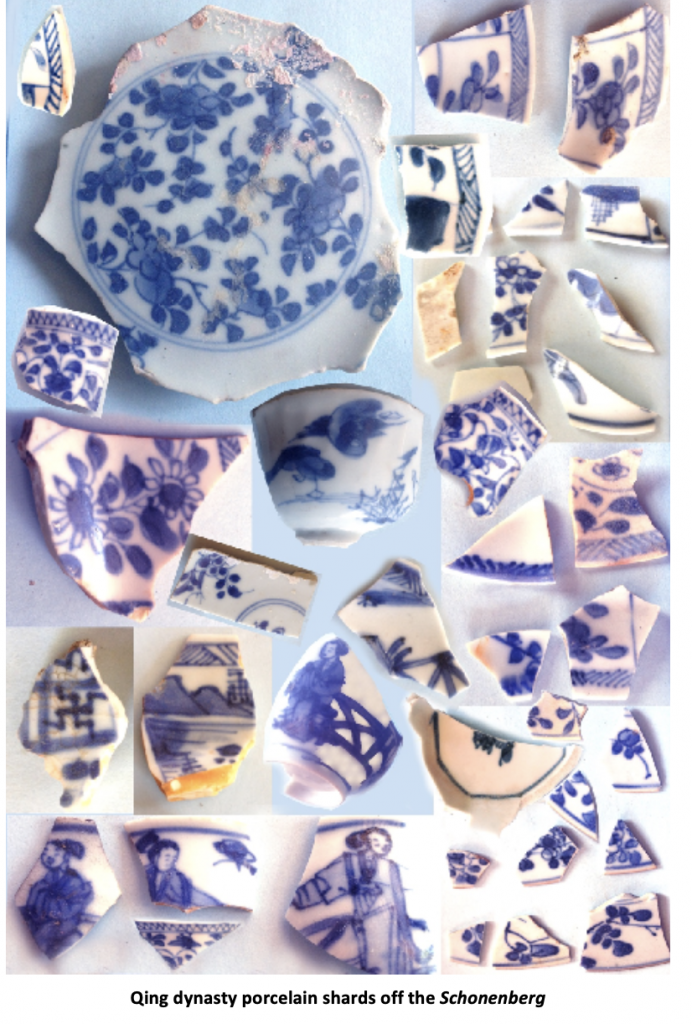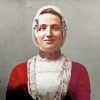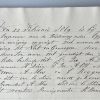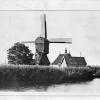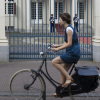Discovering the Family Tree
When I was a child, my father one day showed me our family tree. It wasn’t much more than a scrap of old paper with a list of names, but it dated back to 1735, and I was intrigued.

Until that moment, I had never really thought about where our ancestors came from; who they were, what their lives were like. I had never even met my grandfather: he died 15 years before I was born. I knew his name was Pieter, but that was about the extent of my knowledge.
But with this small, mysterious piece of paper – a line back through the centuries – names that were unknown but seemed somehow familiar, connected – my own interest in the history of the Zee family started.
1735! That seemed like so long ago, and how amazing to know the sequence of parents and grandparents that led down to me. But who were they? What did they do? And most importantly, why did it stop at Bruno Zee?
It stopped there because that was the limit of knowledge in the family. My father had done his own work on the tree in the 1950’s (that picture was it), but could get no further back than Bruno. Nobody knew much about him, other than that he was first mentioned at the birth of his son Bruyn, in the registers of Medemblik, Noord Holland, in 1735.

The text reads: “Anno 1735. A son named Bruine, the father Bruin See kamp, the mother Anna Marg. Meyers.”
Why was the name Seekamp, and not Zee? Where did Bruine Seekamp (Bruno Zee) come from? Why did they come to Holland?
The longer the question remained unanswered, the more interested I got. In 1992, I wrote to all the Zee’s I could find in the Dutch phone book, and hoped that someone might know. Although I got a lot of interesting material, and later published a small book with the contributions, there was nothing about Bruno Zee. We thought he might have come from Germany – the Seekamp name was known around Bremen.
But this was before the internet, so the only option was to write to the churches of the area, and see if they had any information. Before we left on our summer holidays in 1992 (I was 16), I wrote fifty letters to fifty different churches in Germany.
When I returned, many had replied. Nothing conclusive. There was a match in the names Bruine Seekamp and Anna Margaretha Meijers in a place called Oyten, but it transpired that this was a coincedence. They had also died in Oyten, so they were not the couple we were looking for. It was clear the the name Seekamp had been shortened to Zee when he came to Holland, but otherwise, nothing else could be found.
It seemed that the answer would never be found – a mystery lost to time.
The mystery had kept me interested for thirty years. But then … something amazing. One day in 2016, when I was in New Zealand, I randomly came across a Google result for “Bruno Zeekamp”
The VOC, or the Dutch East India company, has a vast archive. For centuries, these books and records sat in a dark room. But when they were digitzed and scanned in the past decade, they were also indexed and became searchable.
One by one, they put the logs of ships sailing from Amsterdam online. And one of them, contained a most interesting entry.
“In’t Schip Hogenes, 1721, Voor Amsterdam: Bruno Zeekamp, van Bollen“
This was him! The ship he departed on had left Amsterdam (or more specifically, Texel) on February 19th, 1721. Bruno was a sailor with the VOC, and had come from the town of Bollen, near Bremen, in Germany.
I travelled to Holland to visit the National Archives, in the hope of viewing the original logbook, and to see if more information could be found.
The Soldijboek for the ship Hogenes was a heavy, dusty old tome. It contained the records of all the sailors that were on that ship – where they came from, what they were paid, and what other ships they travelled on afterwards. Bruno’s page was clearly readable, and had been signed by him. It was amazing to see my great-great-great-great-great-grandfathers original signature in ink. He too had once held this book, three hundred years ago.
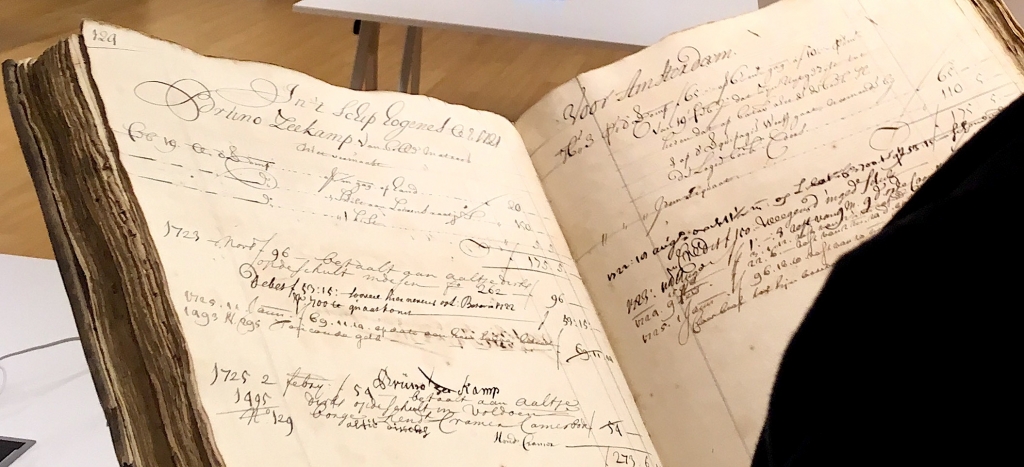
And as one mystery was solved, the next appeared. Normally, there would be a single return voyage back to the Netherlands, when the tour of duty was completed. In Bruno’s case, there were two voyages to Indonesia, one on the Hogenes, and another on the ship Voorburg, but only one journey home. Something didn’t add up. More months of research followed.
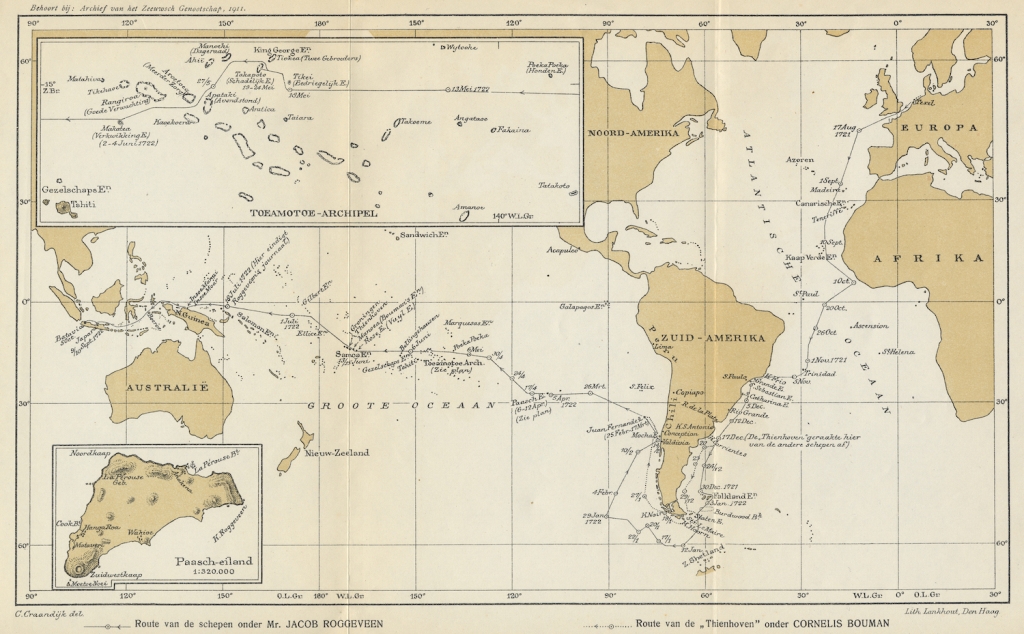
The explanation starts where this map ends – Batavia. Jacob Roggeveen, the Dutch Explorer, had been sent to find Australia. Instead, on April 5th, 1722, he found Easter Island.
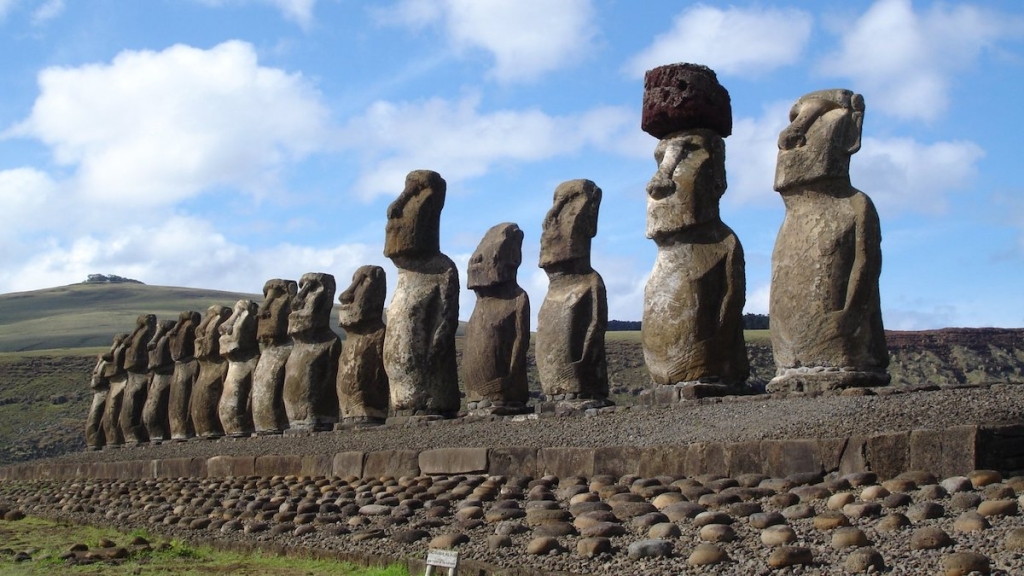
The discovery occured on Easter Sunday, and so the island got its name, for Europeans at least, though it was long settled as Rapa Nui. Roggeveen’s party of three ships, the Arend, the Thienhoven, and Afrikaansche Galeij had left Holland a few months after Bruno on the Hogenes in 1721, initially on the same route past the Canary Islands into the South Atlantic, but then sailing west, around Cape Horn, and into the Pacific, while Bruno sailed east, via the Cape of Good Hope.
The routes reconnected in Batavia (now Jakarta, Indonesia), and in early September 1722, Roggeveen brought news of the discovery of Easter Island, as well as Samoa, to the VOC headquarters there. In these days, the only way to get that important news onwards to Holland was of course by ship. And so, on September 26th the Schonenberg departed Batavia with the historic message – crewed by Bruno Zee.
Bruno was not an officer, but his standing as an experienced sailor meant that on his watch, he was responsible for steering the ship. After a successful eight week voyage westwards across the Indian Ocean, Bruno found himself starting watch at midnight on the morning of November 20th, 1722, as the 800 ton Schonenberg was nearing the Cape of Good Hope. Apart from the Easter Island message, the main cargo was Javanese coffee, tea, and sapan wood, worth in the region of €1 million in today’s money.
Disaster was about to befall the huge ship. When land was spotted, the confused watch crew took a long time to respond – and by the time Bruno started turning the rudder, it was too late to save it. The Schonenberg hit the reef at Cape Agulhas, and within an hour it was full of water.
What followed is a story worthy of its own book – the sailors were now shipwrecked on a deserted beach, and the skipper, Albertus van Soest, was more interested in pilfering the contents of the vessel for his own benefit than providing any leadership to the men. A small group of sailors, initially eight or so, formed in mutiny against him. A stand-off followed. Van Soest describes the men as “rebels”, and makes a point of noting down the eight names in his diary. That list includes Bruno Zee.
I’m researching and writing the story – for the book that it deserves; there is much more to be told: surviving the plague, encounters with pirates, Bruno’s arduous overland journey through the African wilderness to the Cape of Good Hope, a lengthy council investigation based on van Soests fabricated allegations of wrongdoing by Bruno and the crew, rumours of deliberate grounding, buried treasure, and a lot more. The wreck of the ship was found in the 1980’s. It had been burned after the disaster by the VOC, which meant it was easier to identify thanks to the melted cannons found. On board were also some interesting figures and porcelain artifacts.
And so, writing in 2020, much has now been discovered about our little Zee family that we didn’t know before. The Seekamps have been around the Bollen area since at least 1425, and we can trace the direct line back to Harm Seekamp’s birth in 1580. He was Bruno’s great-great-grandfather. We know that after his return to Europe, Bruno had nine children, of which one – Bruyn Bruynzoon Zee – is the ancestor that all the Noord Holland Zee’s can trace their heritage back to. He himself was an interesting character: a boat builder, shipyard owner, and church deacon in Noordscharwoude.
In preserving these stories, my aim is to create an archive for our family that future generations can share. Genealogy can sometimes be a dry subject, but when interwoven with the stories and photographs attached to the names on the family tree, it comes to life in a way that I think becomes fascinating.
My story? Not as interesting as Bruno’s, but I think that I might share some of his appetite for travel, discovery and adventure. I grew up in Ireland – my father came here from Holland in the 1970’s – but emigrated to New Zealand in 2003. In 2016 I moved to New York, where I met my wife, and after we were married last year, we moved to Berlin. My love has always been aviation. I’ve been an air traffic controller, flight dispatcher, and more recently, an airline pilot. In many ways flying an airplane and sailing a ship are much the same – there’s got to be something in the DNA.
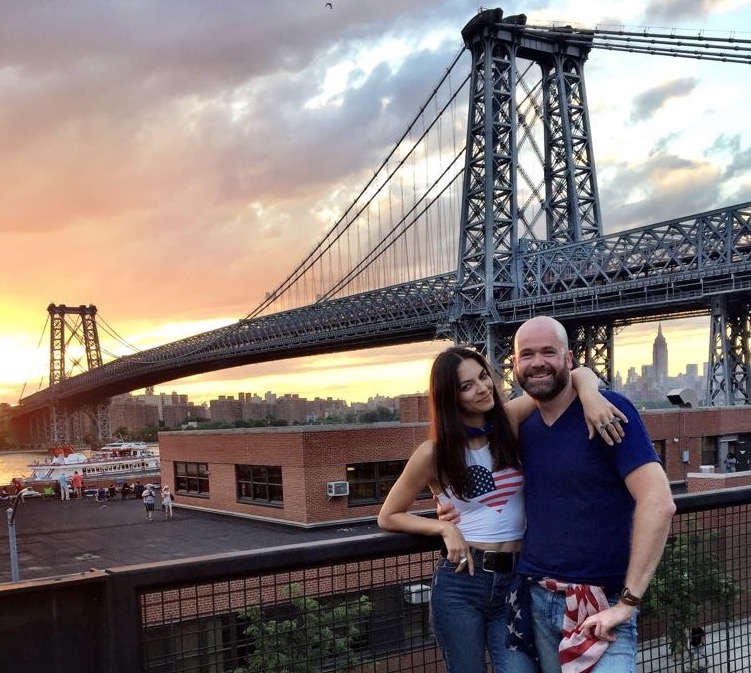
This is very definitely a work in progress, and still early days. I always love hearing from family members, especially if you have information to add – old photos (especially 19th century), old records, family archives, or anything like that, please do contact me at mark@zeefamily.net. If you’re curious about how we might be connected, my line back to Bruno looks like this: Mark Zee < Frederik Zee (1916) < Pieter Zee (1876) < Frederik Zee (1845) < Jan Zee (1783) < Bruyn Zee (1735) < Bruno Zee. Or, find me in the Zee family tree.
At some point, I’ll turn all of this information into a book for future generations, and my plan is to donate all the original materials like documents and photographs to the Westfries Archief in Holland, where it can lie safely, waiting for the next person with some curiosity about their Zee family.
Mark Zee,
Christchurch, New Zealand – 31 December, 2020.
